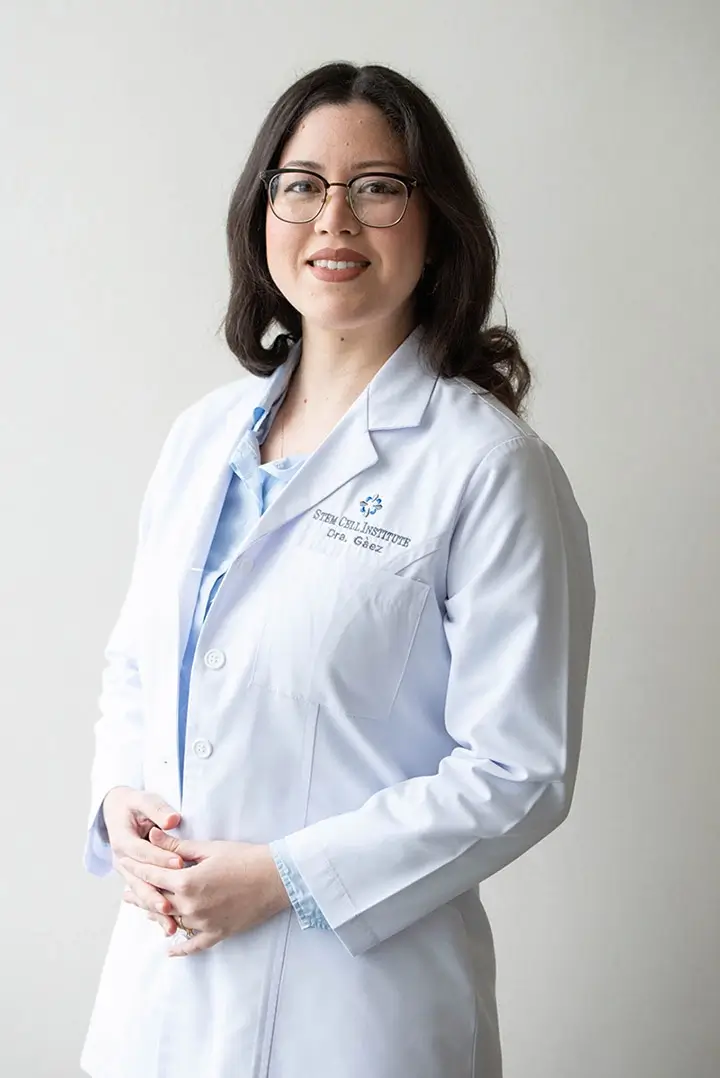In a study that appeared today in the Journal Cell Stem Cell, Dr Kevin Eggan’s group from Harvard reported a novel way of generating stem cells from adult cells. The procedure of generating stem cells from skin cells and other adult cells was originally reported by a Japanese group that demonstrated introduction of 4 genes into adult tissue resulted in cells that resembled embryonic stem cells. We made a video describing this procedure http://www.youtube.com/watch?v=_RLlUdJLy74 . Essentially, the genes act on the DNA to “reprogram” it, causing the adult cells to be capable of becoming different tissues in a similar manner in which an embryonic stem cell can become different tissues. This was a great breakthrough for two reasons: Firstly it opens the door to performing stem cell therapy using the patient’s own cells; and secondly, the very fact that an adult cell can be made back into a younger cell demonstrates that it is possible, at least at a cellular level, to reverse aging.
Unfortunately the genes used to “retrodifferentiate” adult cells and make these stem cells, which are called “inducible pluripotent stem cells” (iPS), are also involved in formation of cancer. So besides the fact that iPS cells themselves cause cancers because they are similar to embryonic stem cells, the very methodology used for creating iPS cells involves introduction of cancer causing genes into the cells. This of course would make it very difficult to perform clinical trials because of the risk for cancer. The other main problem with this iPS approach is that in order to get the genes into the adult cells, the genes had to be transported by viruses. Giving genes by viruses into cells has several potential problems, including the possibility of contaminating the patient.
Several research groups have tried to circumvent the problems with the current technology. For example, one approach was to use the antiepileptic medication valproic acid in combination with only 2 of the genes. In a publication last year (Huangfu et al. Induction of pluripotent stem cells from primary human fibroblasts with only Oct4 and Sox2. Nat Biotechnol. 2008 Nov;26(11):1269-75) skin cells were made into iPS by administration of valproic acid with the genes Sox-2 and Oct-4. These two genes do not cause cancer. The reason why this strategy seemed to work was because valproic acid, in addition to having neurological effects, seems to modify the DNA of adult cells. DNA in adult cells is usually very compact. In the embryonic stem cell the DNA is more spreadout, and also is like a blank slate. As embryonic stem cells develop into liver cells, for example, certain parts of the DNA become “silenced” either because they are modified by chemicals that adult cells make, or because the DNA is more compacted in certain areas. Valproic acid has the ability to “loosen up” the DNA in adult cells and thereby allow them to act more like embryonic stem cells.
The use of chemicals like valproic acid for modifying stem cells is a very exciting area with practical consequences. For example, after a heart attack there are stem cells that reside in the cardiac muscle that try to heal the injured tissue. Valproic acid, by its ability to reprogram stem cells, albeit at a low level, actually seems to increase the ability of the heart to heal itself after injury, at least in animal models (Lee et al. Inhibition of Histone Deacetylase on Ventricular Remodeling in Infarcted Rats. Am J Physiol Heart Circ Physiol. 2007 Mar 30).
Another practical application of valproic acid’s ability to modulate stem cells is its potential use in the area of bone marrow transplantation. In patients with leukemias one of the commonly used procedures is autologous transplantation. This means taking out the patient’s bone marrow stem cells, the cells that make blood, giving the patient a very high dose of chemotherapy and radiation to kill the leukemic cells, and then giving back the patient’s own stem cells after they have been “cleaned up” so that they don’t have any more contaminating cells. One of the issues with this procedure is that sometimes there is not enough bone marrow stem cells to keep giving them back if the patient needs more. So for example, after the stem cells are administered, if the blood counts are too low, it would be ideal to have the patient’s own stem cells stored so that more can be given. Unfortunately it has been very difficult to expand stem cells outside of the body. In a recent publication, (Seet et al Valproic acid enhances the engraftability of human umbilical cord blood hematopoietic stem cells expanded under serum-free conditions. Eur J Haematol. 2009 Feb;82(2):124-32.) it was demonstrated that treatment of umbilical cord blood stem cells with valproic acid outside of the body led to increased expansion and ability to make the different types of blood cells needed after chemotherapy/radiation therapy. We actually made a video about an older paper in which valproic acid was used to expand bone marrow derived stem cells http://www.youtube.com/watch?v=3Hc4LCUOSiA
So based on the above two examples of chemical agents that modify “stemness” of cells, it is obvious that if newer methods were developed to make old cells young using chemical compounds instead of genes administered by viruses, these methods would have many potential applications and benefits. In the paper by Eggan, a new compound called RepSox was demonstrated to have ability of to take away the need for two of the genes when making iPS cells. With RepSox the investigators only needed to administer the genes Oct-4 and KLF, thus taking away the need for the cancer causing gene c-myc, and Sox-2.
It will be interesting to see if this new compound RepSox has similar activity to valproic acid, or to other compounds that have been demonstrated to activate patient’s own stem cells such as lithium, G-CSF, or the food supplement StemKine.

